
 Where Khangchendzonga the third highest peak in the world dominates the horizon, within such a small size and land area of 7096 sq. km. bio-diversity in Sikkim can undoubtedly be one of huge interest to ecologists and environmentalists, earth scientists, nature lovers, botanists, and biologists in equal measures. Sikkim epitomizes the pithy saying: Small is beautiful.
Where Khangchendzonga the third highest peak in the world dominates the horizon, within such a small size and land area of 7096 sq. km. bio-diversity in Sikkim can undoubtedly be one of huge interest to ecologists and environmentalists, earth scientists, nature lovers, botanists, and biologists in equal measures. Sikkim epitomizes the pithy saying: Small is beautiful.
There are a great variety and numerical abundance of the resident birdlife with an overall 550 species which would account for as much as 80% of the aggregate bird species found in India, Nepal, Bhutan, Pakistan, Bangladesh, and Sri Lanka.
From the pheasants and tragopans, thrushes and Magpies, to hawk-eagles and kingfishers, the variety and richness are breathtaking.
Of the 1400 species of Butterfly found in the Indian subcontinent as many as 700 species occur in Sikkim. Of the diversified butterfly fauna, Sir Joseph Dalton Hooker, Thus said: "By far the most striking feature consisted in the amazing quantity of superb butterflies, large tropical sallow-tails, black with scarlet or yellow eyes on their wings. They are seen everywhere majestically through the still-hot air, or fluttering from one scorching rock to another and especially loving to settle on the damp sand of the river edge, where they sat by thousands with erect wings, balancing themselves with a rocking motion as their heavy sails inclined them to one side or the other, resembling a crowded fleet of yachts on a calm day. "Such an entomological display cannot be surpassed."
The forests are very diverse, and non-forested areas such as cliffs, high alpine meadows, cascading streams, and places all provide places for birds to feed, rest and raise their young. A wide variety of residential and non-residential birds can be seen along the trail at different elevations and in different seasons.
About 180 big and small lakes spread over Sikkim's folds and faults are the habitats of an umpteen number of resident and migratory waterfowl and for Brahminly ducks principally, they are the permanent breeding habitats. A recent study has revealed results of about 47 species of waterfowl ranging from Black-necked Grebe, Egret, and Brown-headed Gull. Also found to occur are the Herons, Lapwing, Crake, Moorhen, and Snipes.
Spanning the boundaries of two major zoogeographical regions, the Oriental and the Palaearctic, Sikkim’s avifaunal diversity is representative of both regions, a major factor accounting for the great variety.
The climatic range is extreme, varying from tropical heat in the valleys to the alpine cold of the snowy regions. The prolific vegetation, which ranges from tropical, subtropical, temperate to alpine (depending on altitude), is enriched by the abundance in rainfall. This portion of the eastern Himalayas receives an annual average rainfall of 325 mm (12.8 in.), which peaks at 660 mm (26 in.) in the month of July making it extremely humid.
There is also extreme deviation in altitudes within very short distances resulting in distinct climatic zones inside a compressed space barely a hundred kilometers north to south, and sixty kilometers east to west – a factor favoring rapid seasonal migration of the species round the year including their abundance and variety.
Of the 1,300 avifaunal species found in the Indian subcontinent, 527 were recorded for the region by noted ornithologists Salim Ali and S Dillon Ripley.
Over the last few years, there has been a great increase in the field of Birding and Butterfly watching in Sikkim. Many locals have taken up Birds and Butterly watching seriously and have written many books on it.
One of the best ways to birding in Sikkim and the Darjeeling District is to get oneself off the beaten tracks (of vehicular roads and urban settlements).
Trekking is another good option, and this may not necessarily be an arduous high altitude excursion such as the Dzongri trek but easier and gentler hikes in the middle hills such as the trail between Varsey-Dentam, Pelling-Yuksam, and several such similar ones ranging from one to three days.
Alternatively, driving over to secluded forested areas such as Pemayangtse, Khechiperi, Yuksam, Damthang, Lingzhya, Hee-Gyathang and many such places can yield equally interesting finds.
Avid birders are assured ample opportunities to add more feathers to their checklist on sampling the hills and valleys inside Sikkim.
We have expert local guides and expertise to help you explore the beautiful and rare Birds and Butterflies of Sikkim and the nearby region
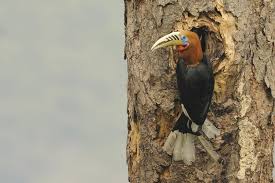
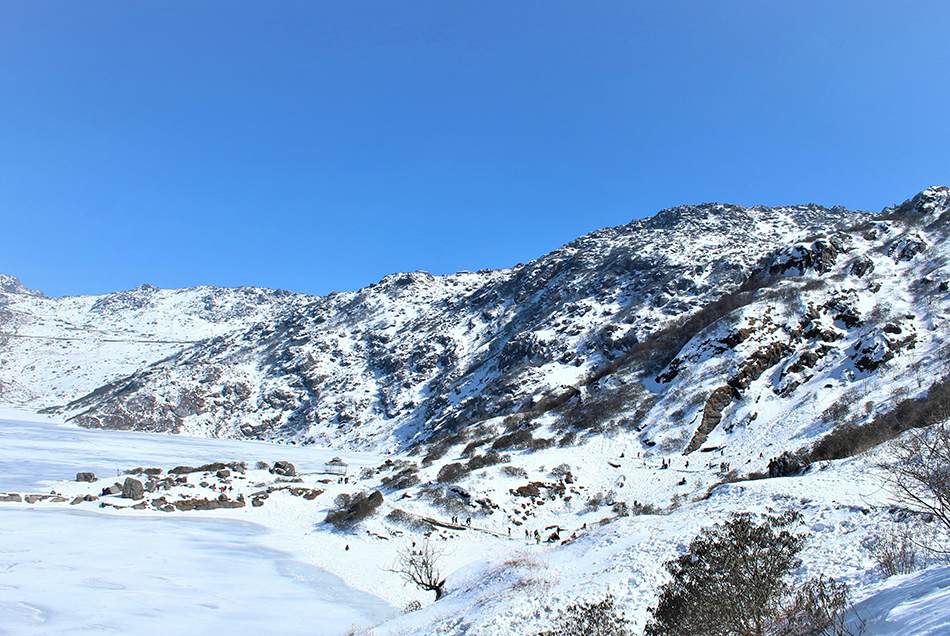
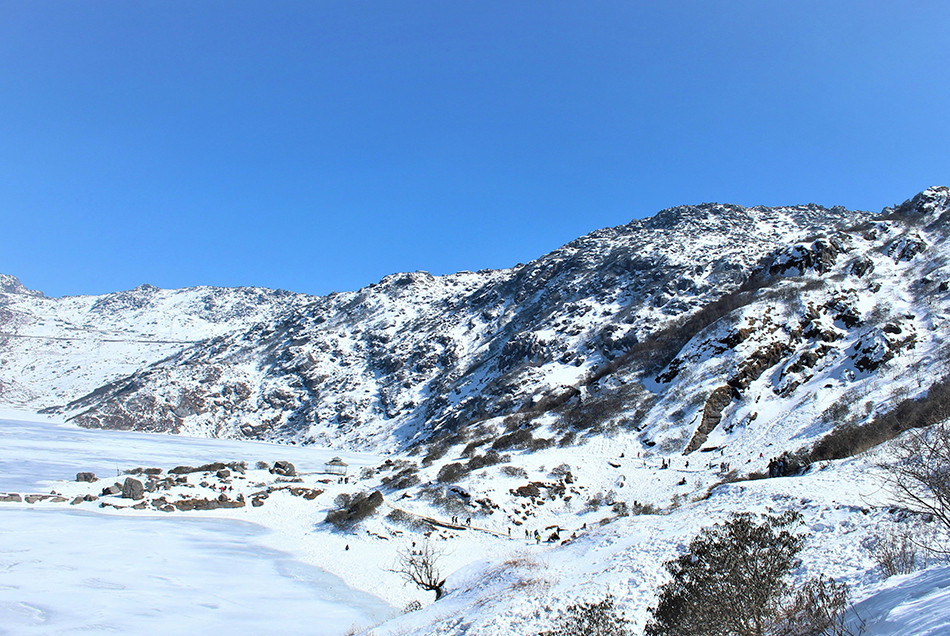
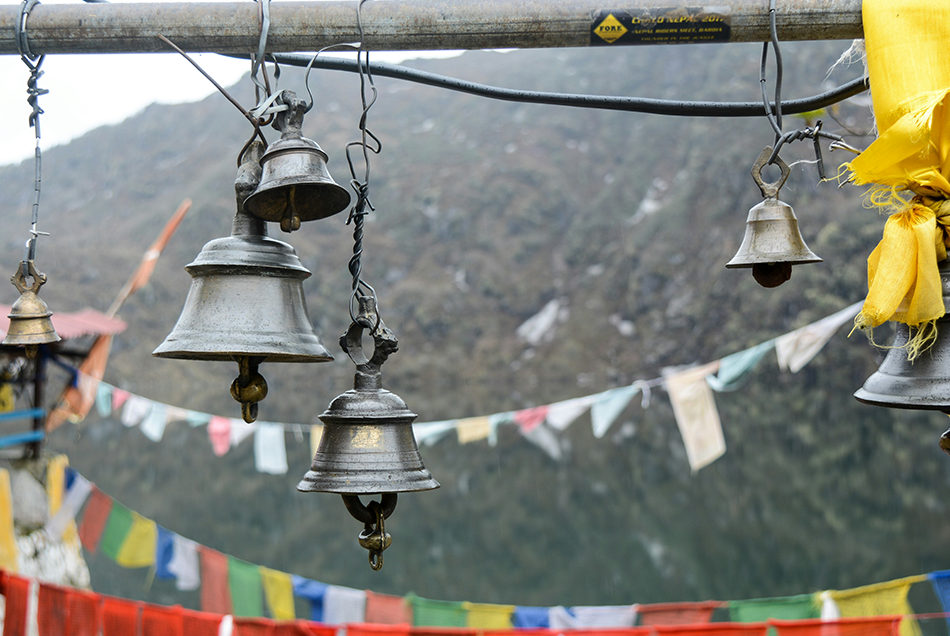
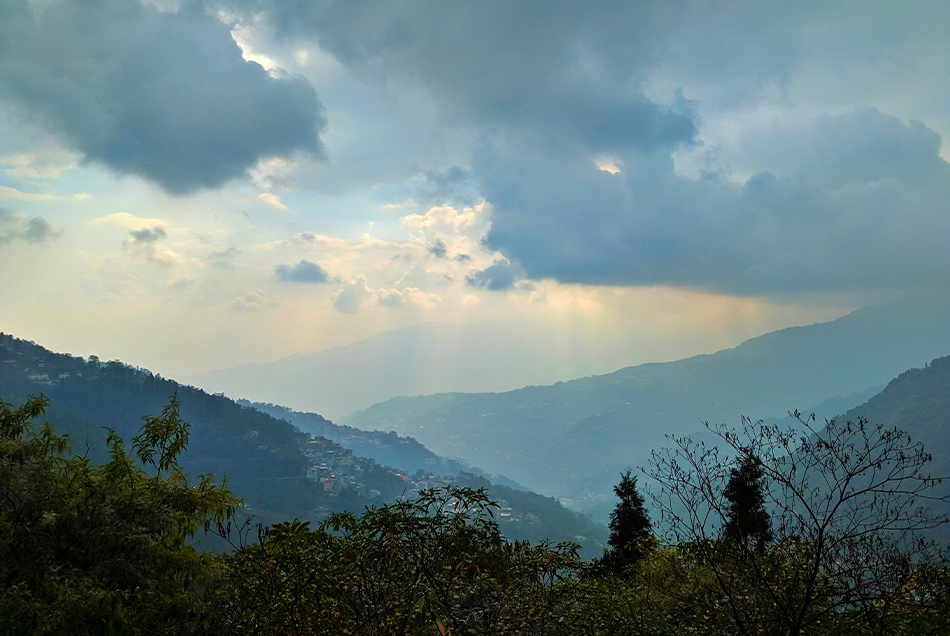
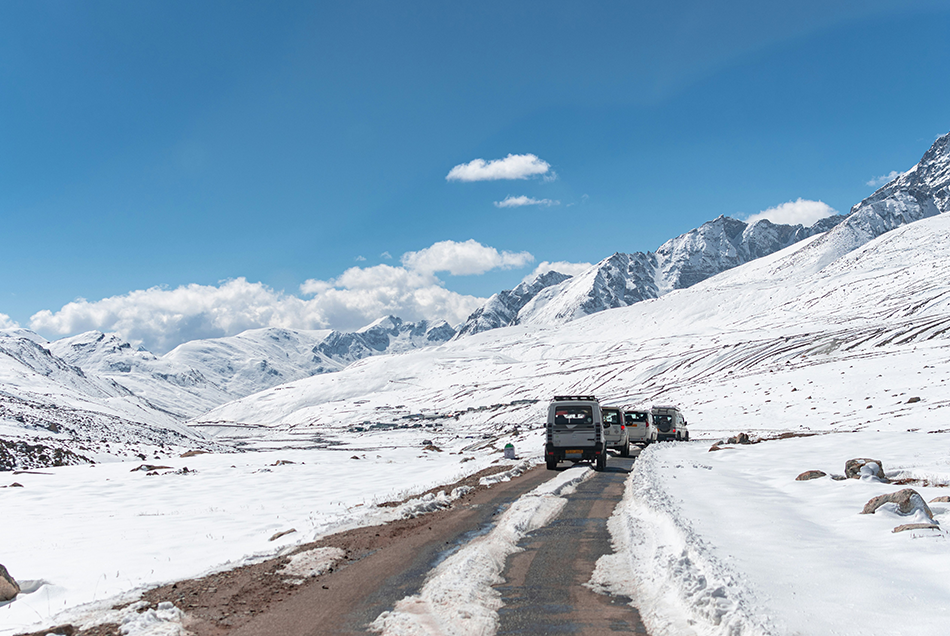
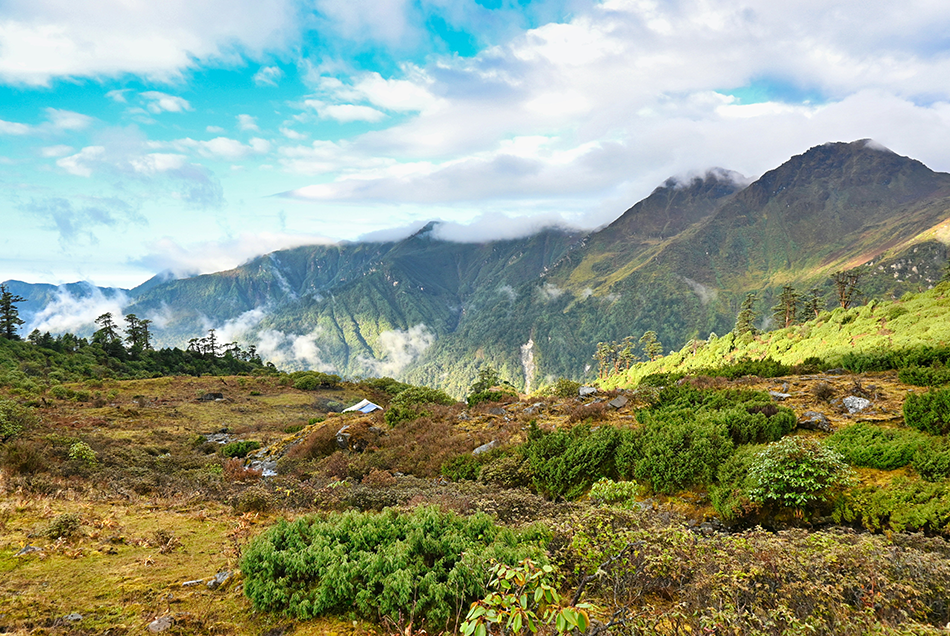
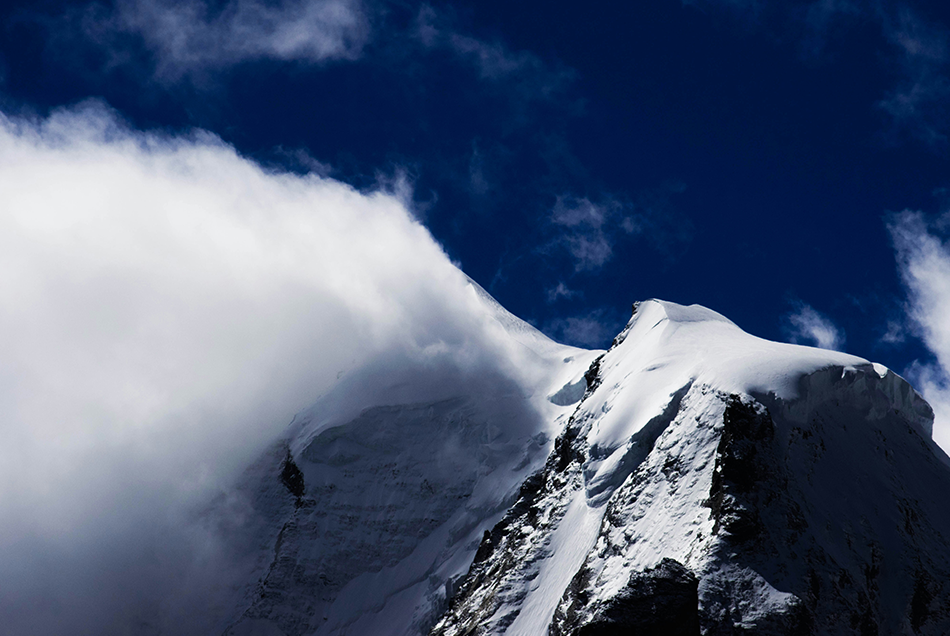
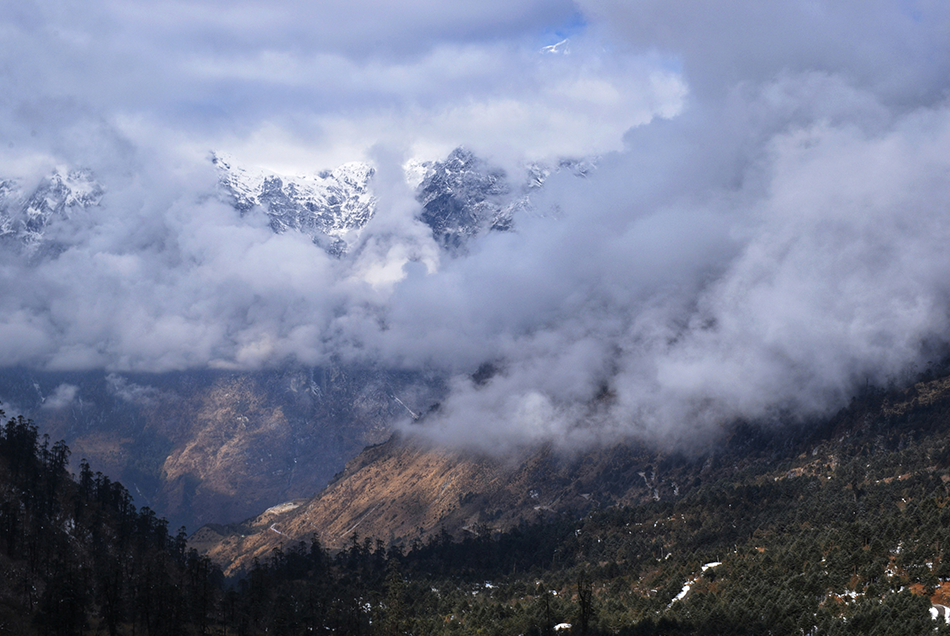
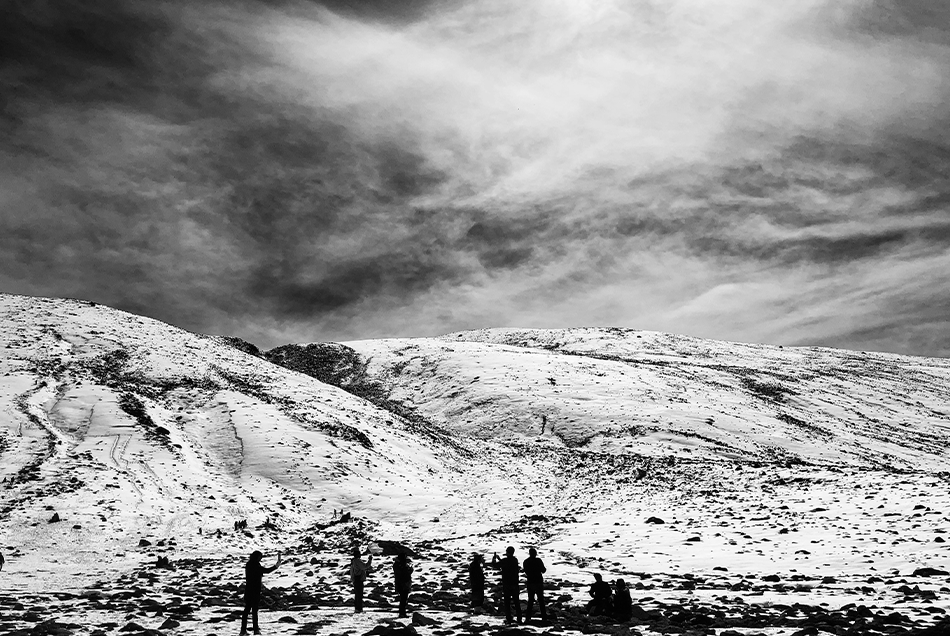
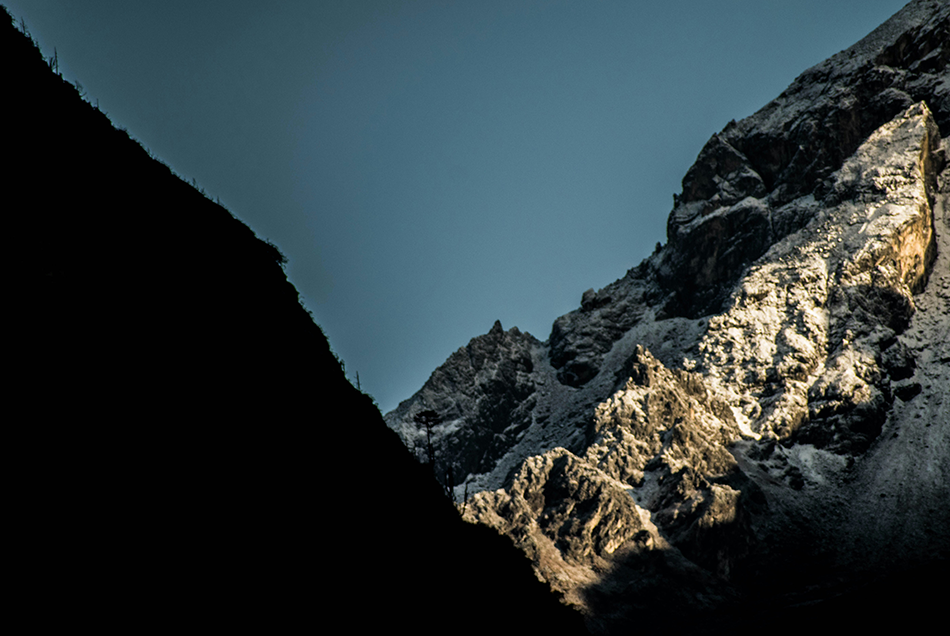



Dearest
Mingma! Julay!namestey! hope you are in good health. Sorry to write you lately. Our trip to Thiland made us busy so we were unable to write you back. Mingma the trekking was well organised and I had a wonderful time with you.. . Ladhak is a wonderful place and your guiding made it much much better. We all are very happy and eager to visit your country sikkim next time.
The way you describe sikkim, it really seems to be a nice place. We will promote for you wherever we go. Thanks for your support when the chips were down..
Convey our regards to Jigmee,Arun and Horse man. Hope we will meet then again.
Harry,Dorris Michael and Gracy
Switzerland 2009

Hello
Max, hope you are doing fine business. We are thankful for your warm guidance and wonderful trekking arrangements in a short time. Mingma the food was excellent. We will return to sikkim with friends and family someday. We would no doubt recommend your company mountain tours and treks to all of our friends who want to visit India and specially sikkim and Darjeeling.
Adam and wanda
Netherland. 2010
 Dear
Dear
Hi
Mingma, thanks for your mail. We are still in kerela and doing familiarization trip. Its very hot out here.
Mingma your trekking arrangements was good and we had no hesitation in recommending your company. Your guide and cook was very good. We had more than enough varieties of food everyday. We surely hope that you will do well.
Well take care and best of luck
Andrew, Roben and David
Switzerland 2011 feb
 Dear
Dear Dear
Dear







We are there to help you .